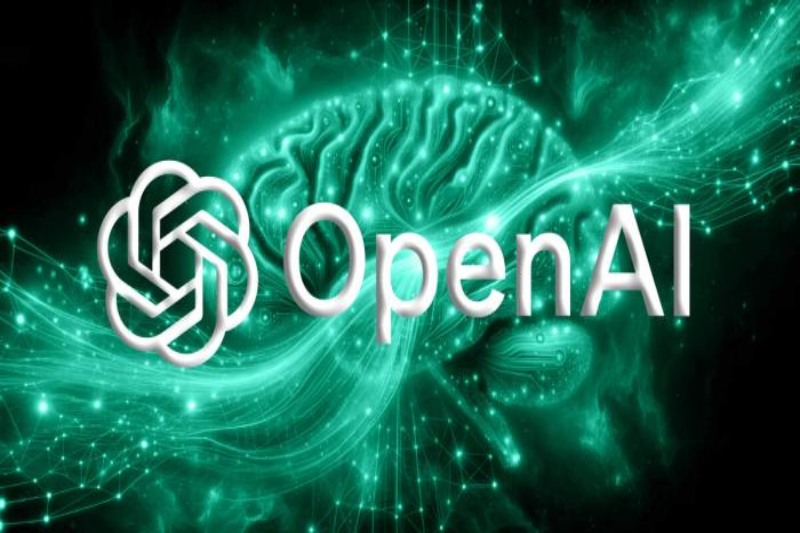OpenAI’s valuation has increased to an incredible $80 billion, according to a February 17 New York Times story. Following the company’s most recent transaction, a tender offer headed by Thrive Capital, comes this leap. This calculated approach aims to increase the company’s financial reserves by raising extra capital and providing OpenAI workers with an opportunity to sell their shares.
OpenAI broadens its aim to include the semiconductor sector
The latest financial venture from OpenAI departs from the conventional routes taken by businesses to obtain funding. OpenAI has chosen a tender offer over direct investment, which can result in the diluting of current shares. As a result, workers can increase the company’s capital without changing the ownership structure by selling their shares. OpenAI is not new to this approach; in 2023, the company used a similar tactic that attracted major attention from venture capital heavyweights including Thrive Capital, Sequoia Capital, Andreessen Horowitz, and K2 Global, which valued the business at about $29 billion.
The fact that OpenAI is using this tactic again shows how dedicated the company is to giving its workers liquidity options while still drawing significant investment. This strategy demonstrates a sophisticated grasp of how to strike a balance between the demands of operational growth and investment attractiveness and employee benefits.
OpenAI is growing its strategic ambitions and concentrating on creative financial solutions, especially in the semiconductor sector. Sam Altman, the CEO, interacts with a variety of stakeholders, such as energy suppliers, semiconductor makers, and possible investors. Enhancing global chip production capacities is part of Altman’s vision, as it is essential to the development and application of cutting-edge AI technology. Through its strategic placement as a key stakeholder in upcoming chip manufacturing initiatives, OpenAI hopes to strengthen the foundation necessary for the progress of AI technology.
In tandem with its organizational and strategic expansion, OpenAI keeps pushing the frontiers of innovation. The business recently revealed the creation of Sora, a ground-breaking text-to-video technology that can build scenes from still photos, enhance narratives in already-existing videos, and create detailed videos from text prompts. Though still in its infancy, Sora signifies OpenAI’s continued dedication to breaking new ground in technology by marking a substantial advancement in generative AI.
The influence of the market and the characteristics of leadership
The market has been significantly impacted by the introduction of Sora, especially for digital assets related to artificial intelligence. The value of Altman’s Worldcoin increased by 40% as a result of the announcement. As of now, the token is trading at $4.79, up 8% over the last 24 hours and over 90% over the last week, continuing its upward trajectory. The token performs well in spite of disputes about its biometric data collection methods in a number of nations.
For a brief while, OpenAI’s CEO Sam Altman was relieved of his duties, but he was later put back in after strong opposition from the staff. The past year has been extremely turbulent for the firm. This episode exposed the intricacies and difficulties encountered by one of the top organizations in the AI space, in addition to demonstrating the internal support for Altman’s leadership.
The industry’s awareness of OpenAI’s potential and the company’s notable growth are evidenced by its recent valuation leap to $80 billion. OpenAI is firmly established as a significant player in the AI space, with the potential for future development and innovation due to its creative funding approaches, calculated growth, and technological innovations.
Topics #$80 Billion #OpenAI









